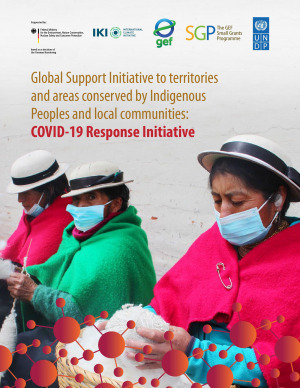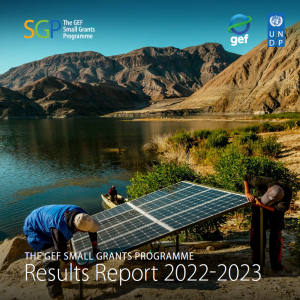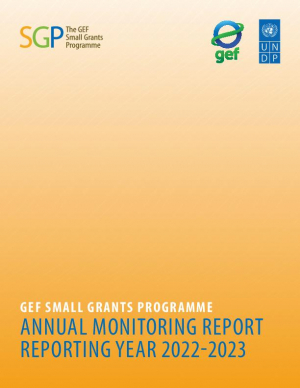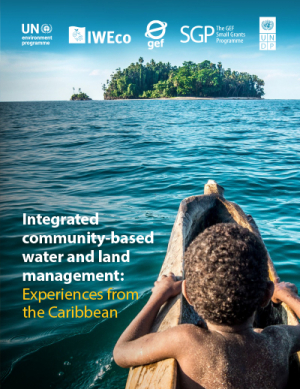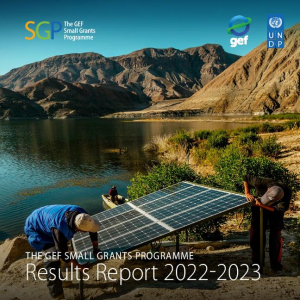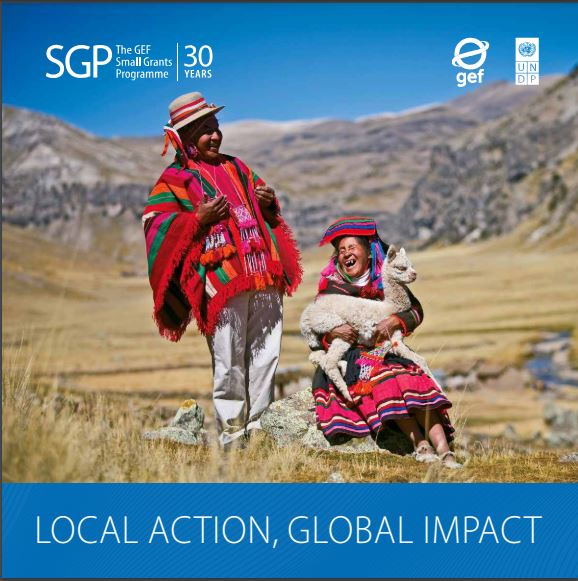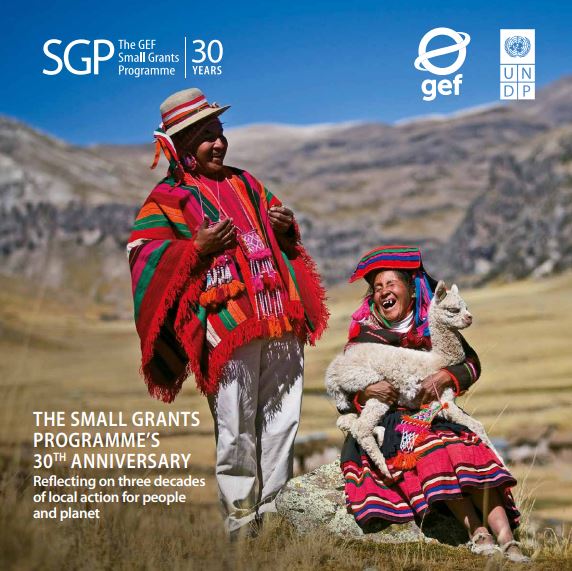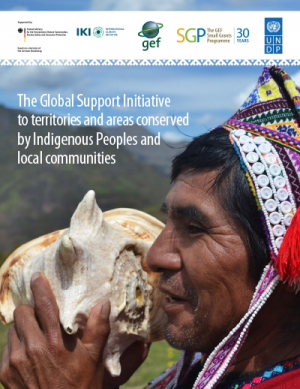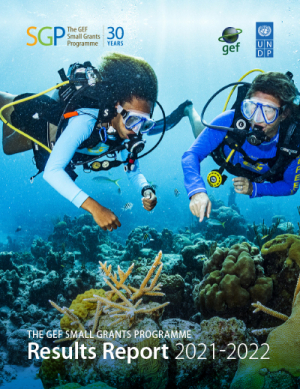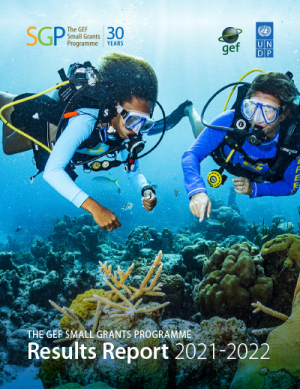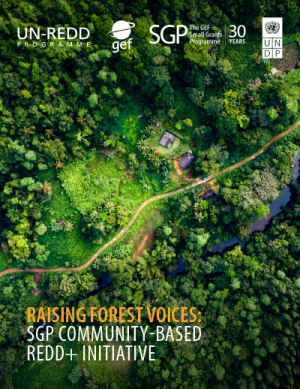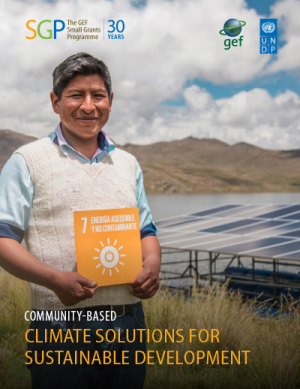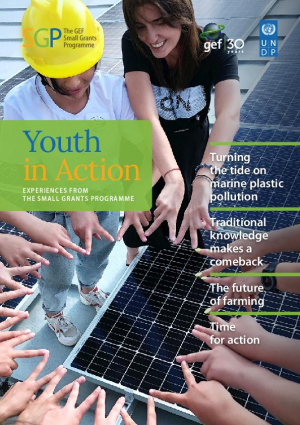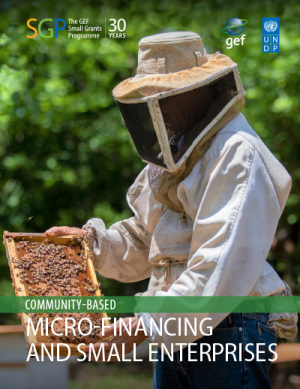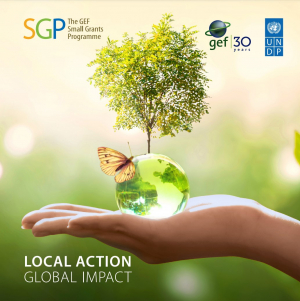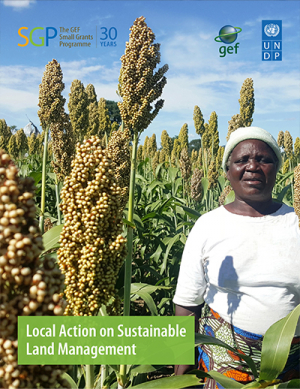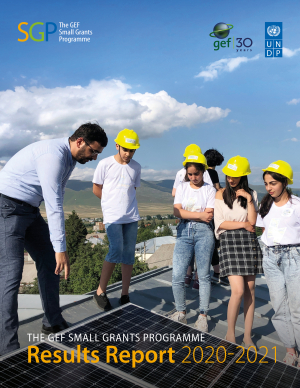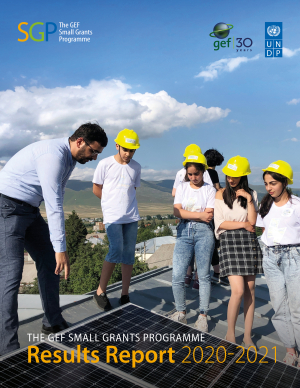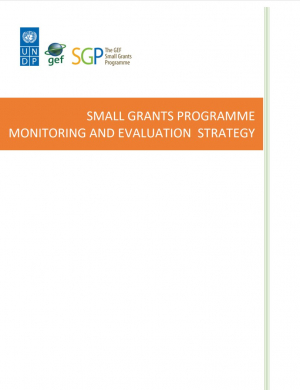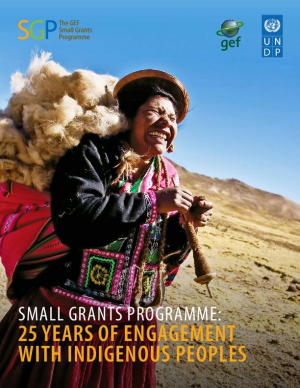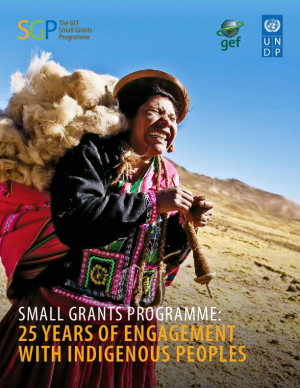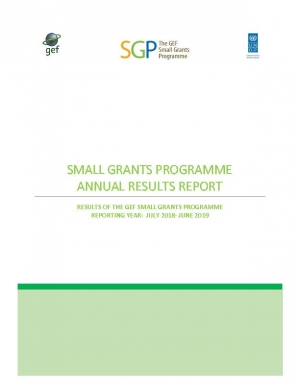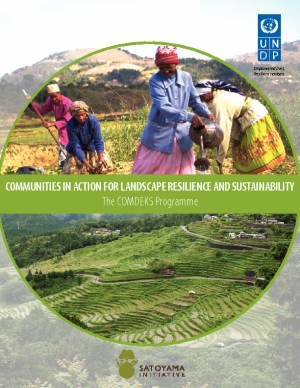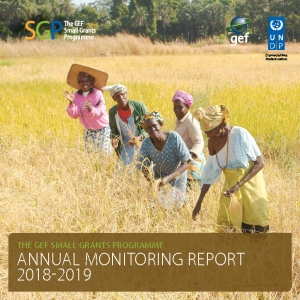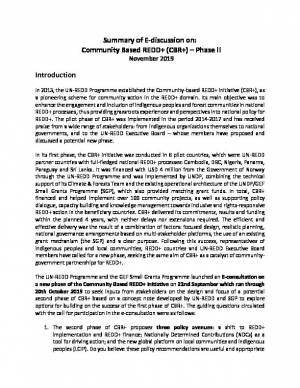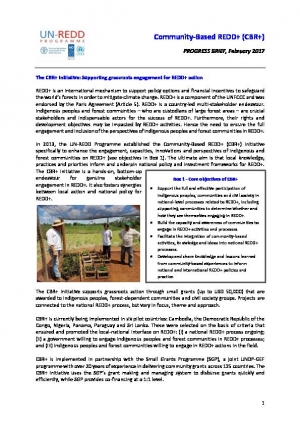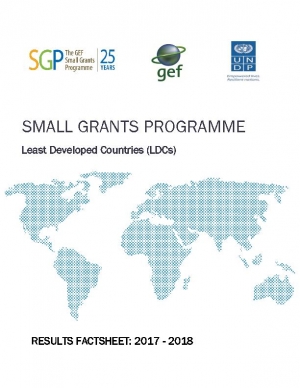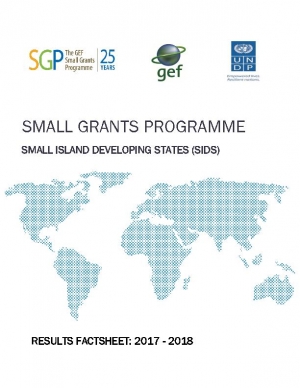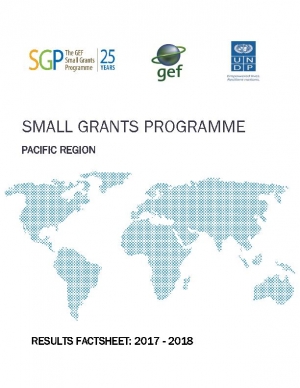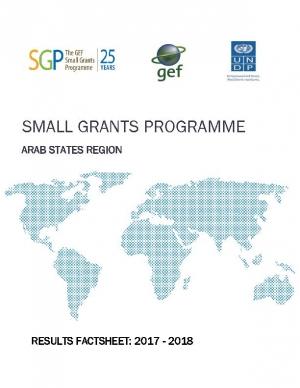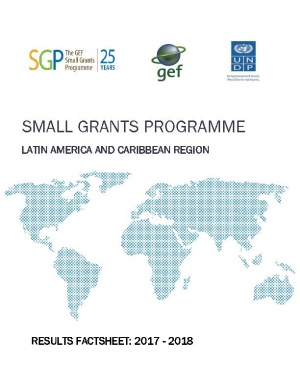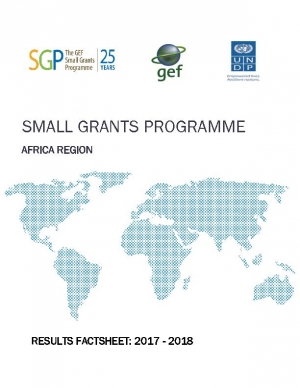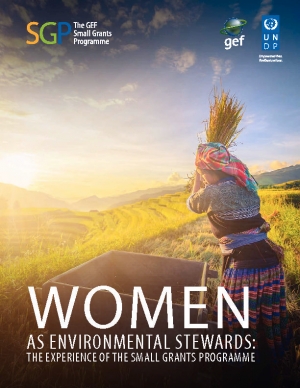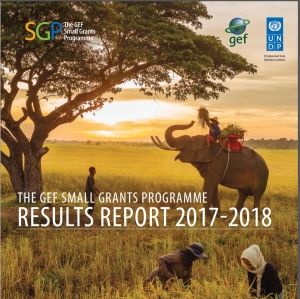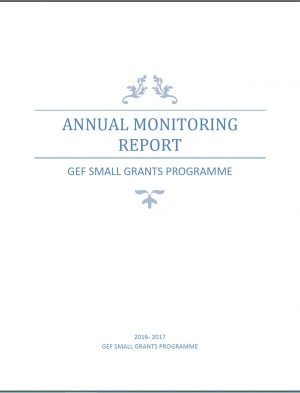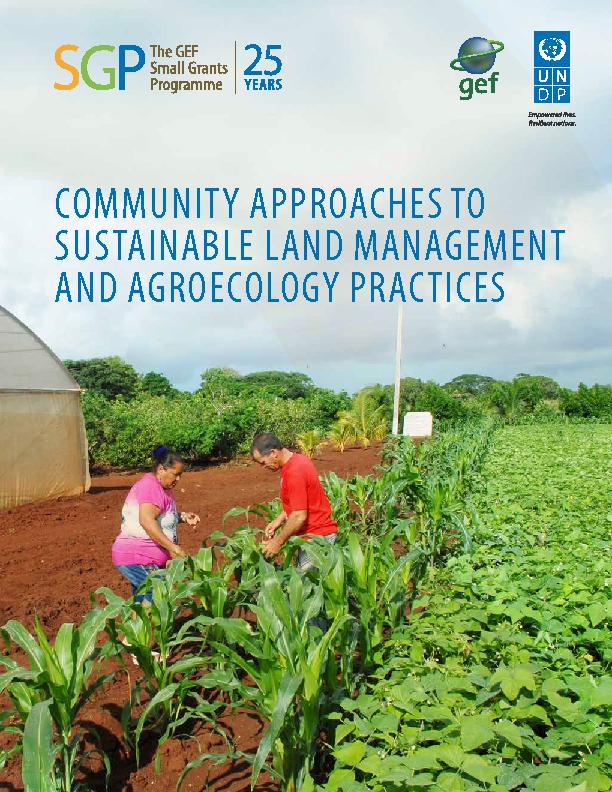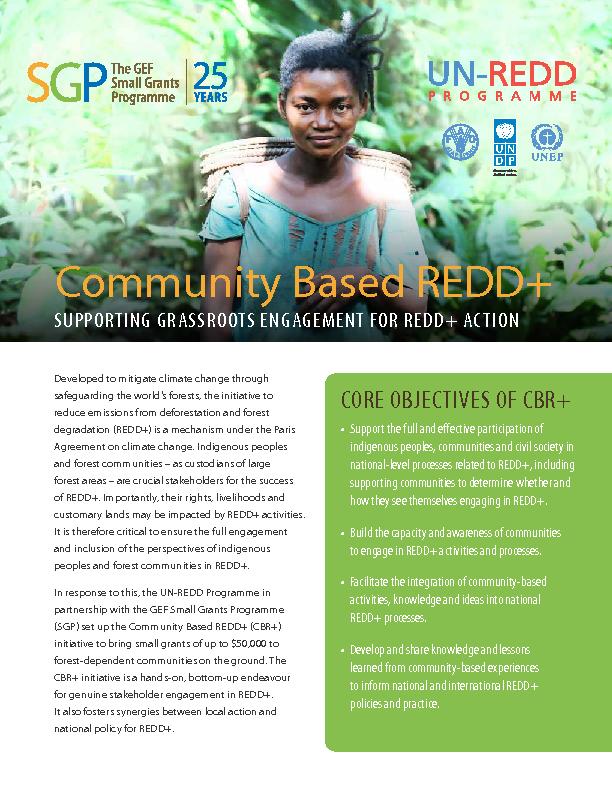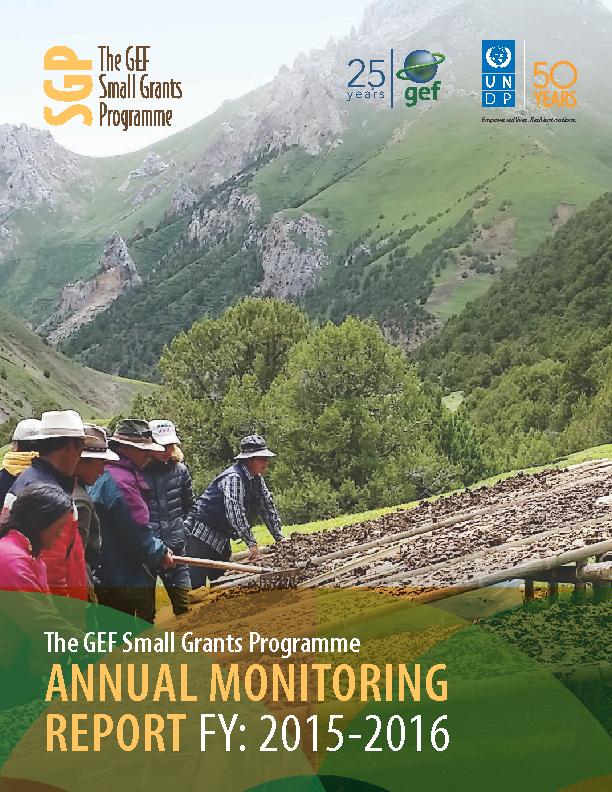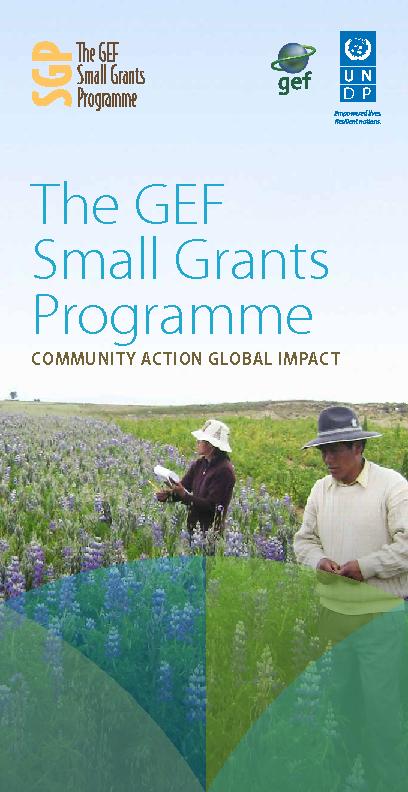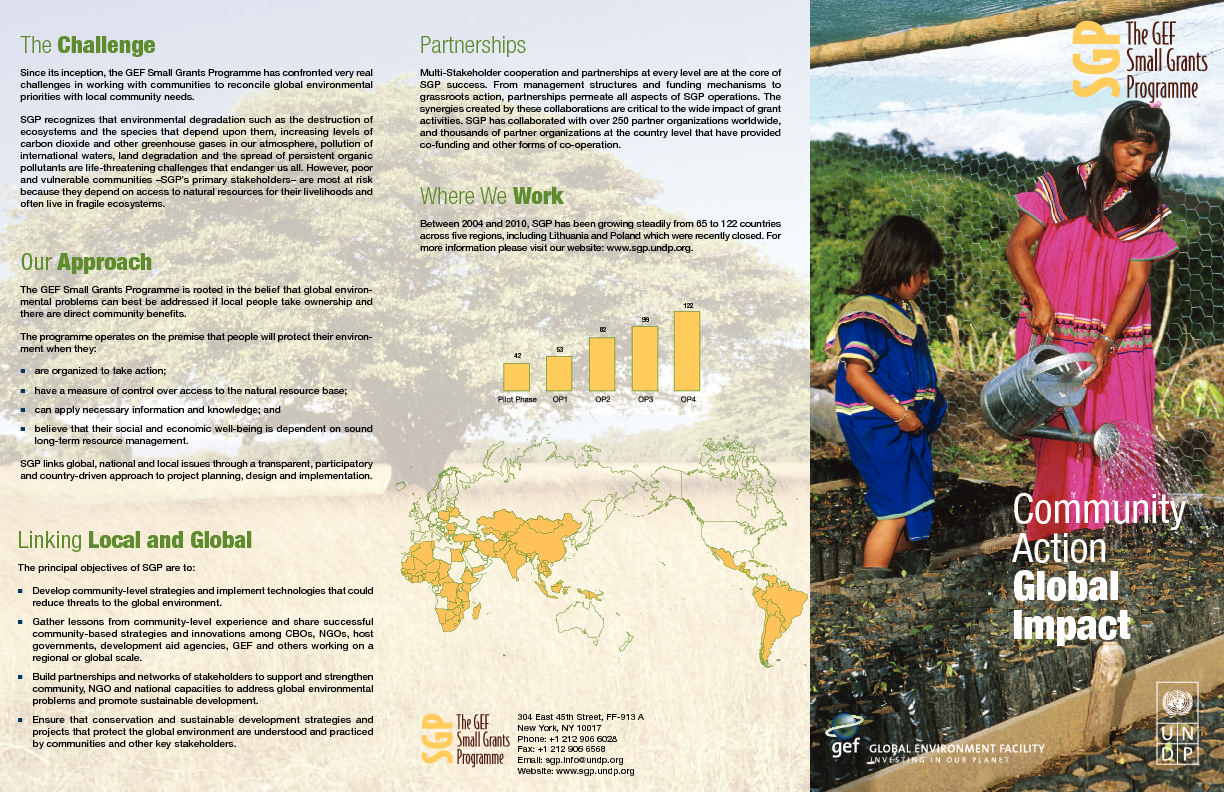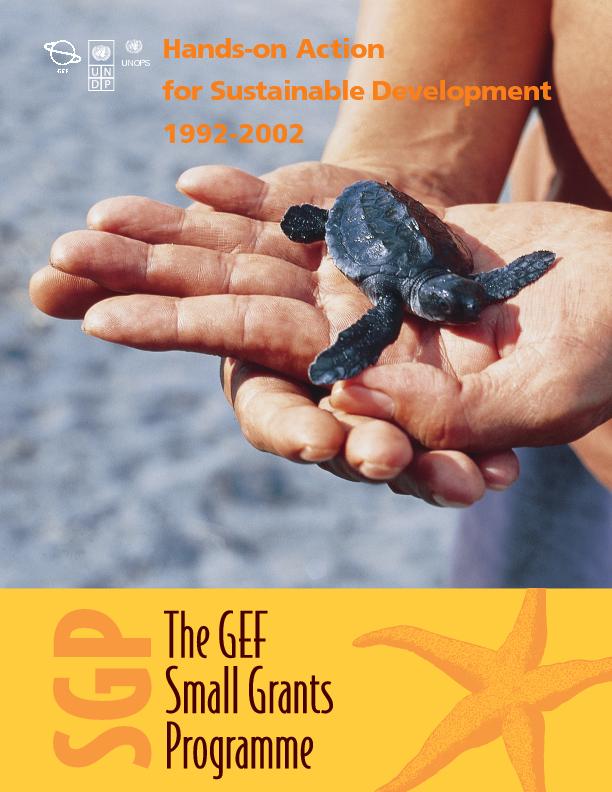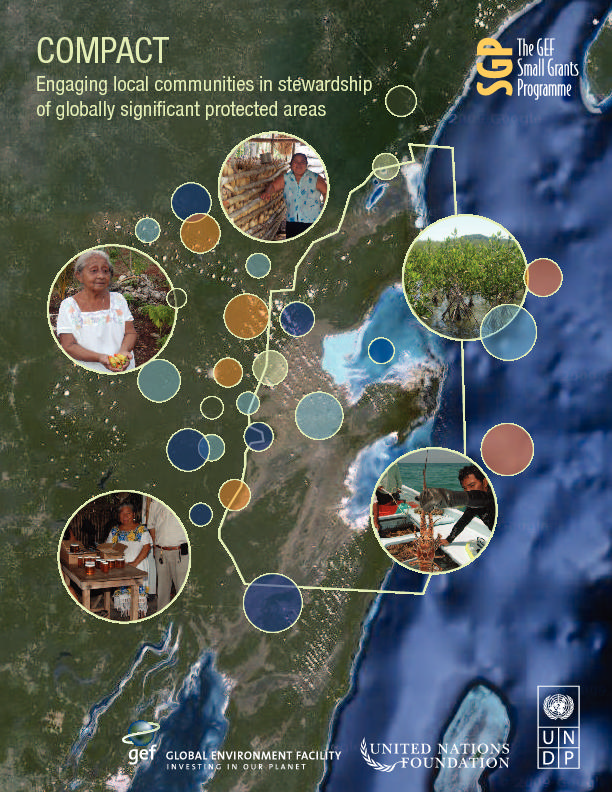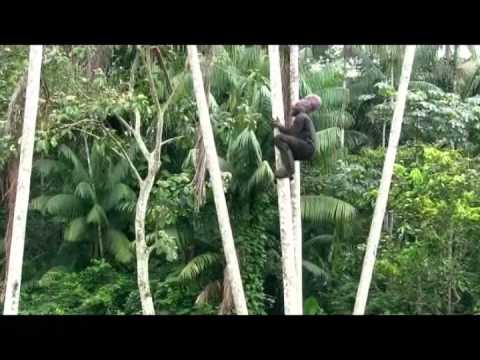Types of projects supported by SGP
These will include activities in support of: forest rehabilitation, forest protection and socio economic functions. The rehabilitative activities will include reforestation, raising tree seedlings, tree planting, enrichment planting, woodlots establishments, social forestry approaches such as hedge row and boundary plantings, woodlots and home gardens, and the conventional agroforestry. The protective functions will include watershed management, soil &water conservation, sand dune stabilization, avalanche control, desertification control, coastal areas protection, conservation area protection, natural regeneration support/afforestation, use of traditional tree management techniques for tree crop management, occupancy management of forest, and communal tree farms establishments. While, the socio-economic functions activities will include management of communal forests for: recreation, tourism, education and conservation of spiritual and cultural heritage and general provision of social services.
The objective is fulfilled through a number of activities that includes fire management, conflict resolution approaches, local based industrial/agricultural technologies that reduce the pressures on forests, increasing ecological connectivity through restorative activities in forest gaps, buffer zone managements and protected areas corridors. This focal area also champions the need for promoting community and small holder forestry. In addition, the activities on agricultural landscapes such as pollarding, tree surgeries and other harvesting technologies will be promoted.
Main achievements of the portfolio since 1992
Overall, GEF SGP has had close to 1,600 (12% of all SGP projects) projects that have forestry elements in them, which were originally designed as biodiversity, land degradation focal, climate change focal areas. Some of the projects are contributed from the multi-focal area projects. Latin America and the Caribbean regions have had the highest numbers of projects with a proportion of 42.5% of the total forest based projects. Focal area wise, up to 59.9% of these projects were classified under biodiversity, 14% under land degradation and 2.4% under Climate change and the rest (23.7%) under multi-focal.





